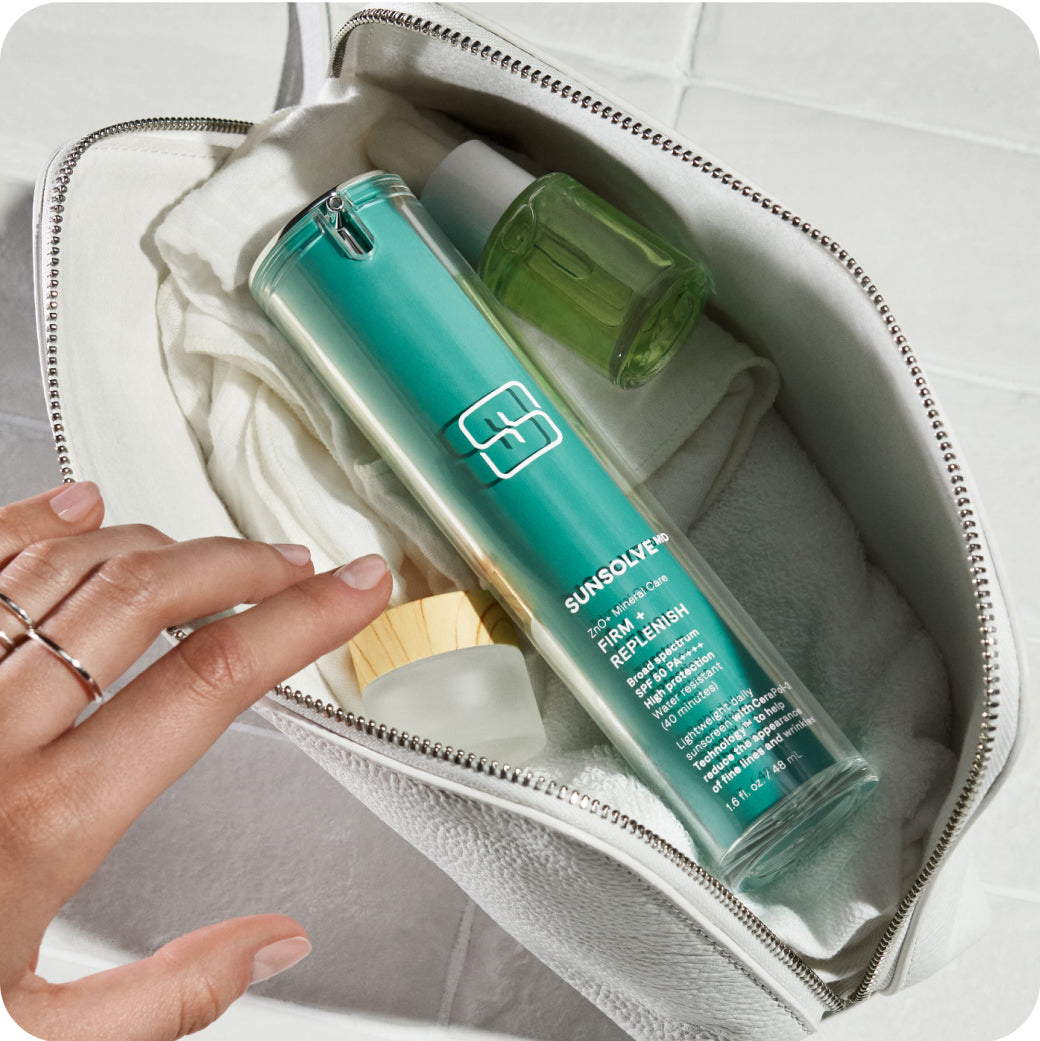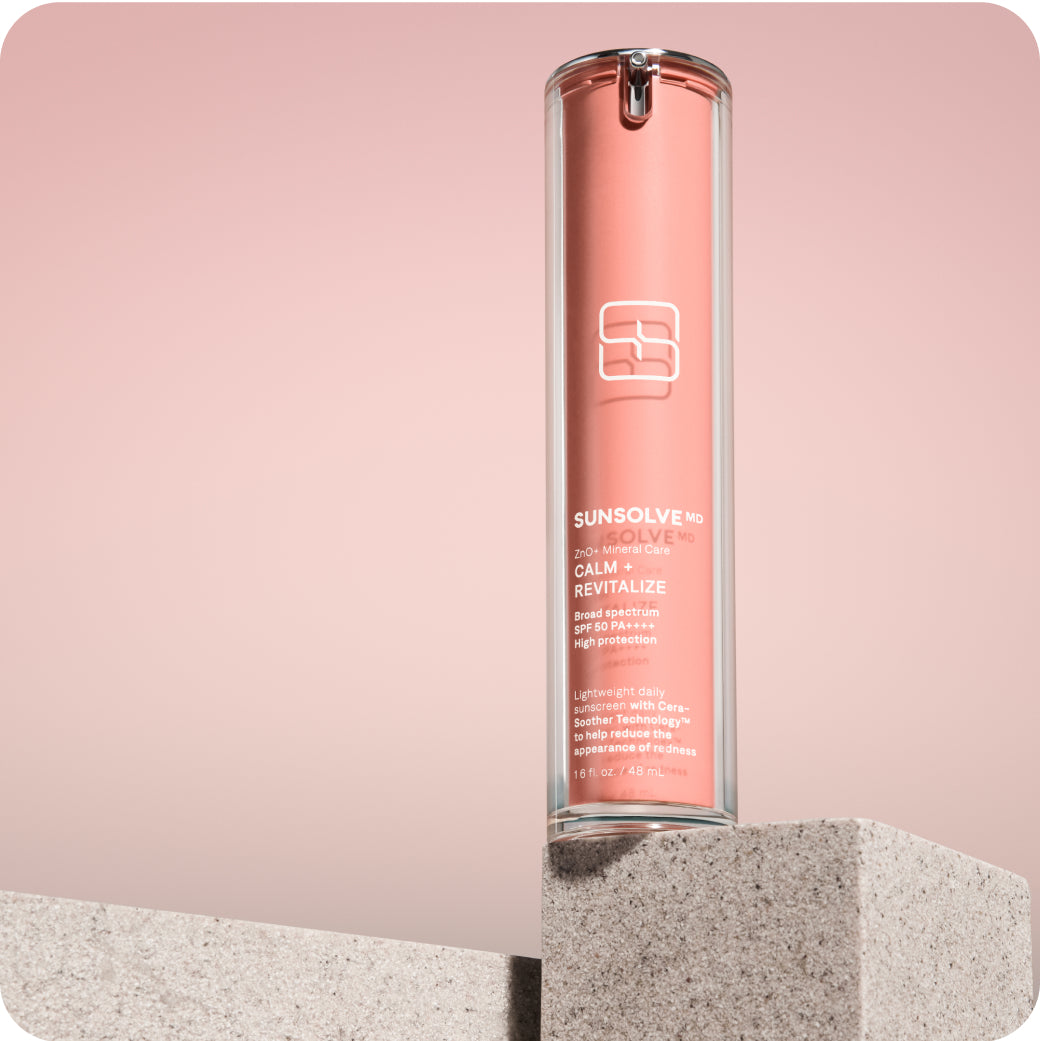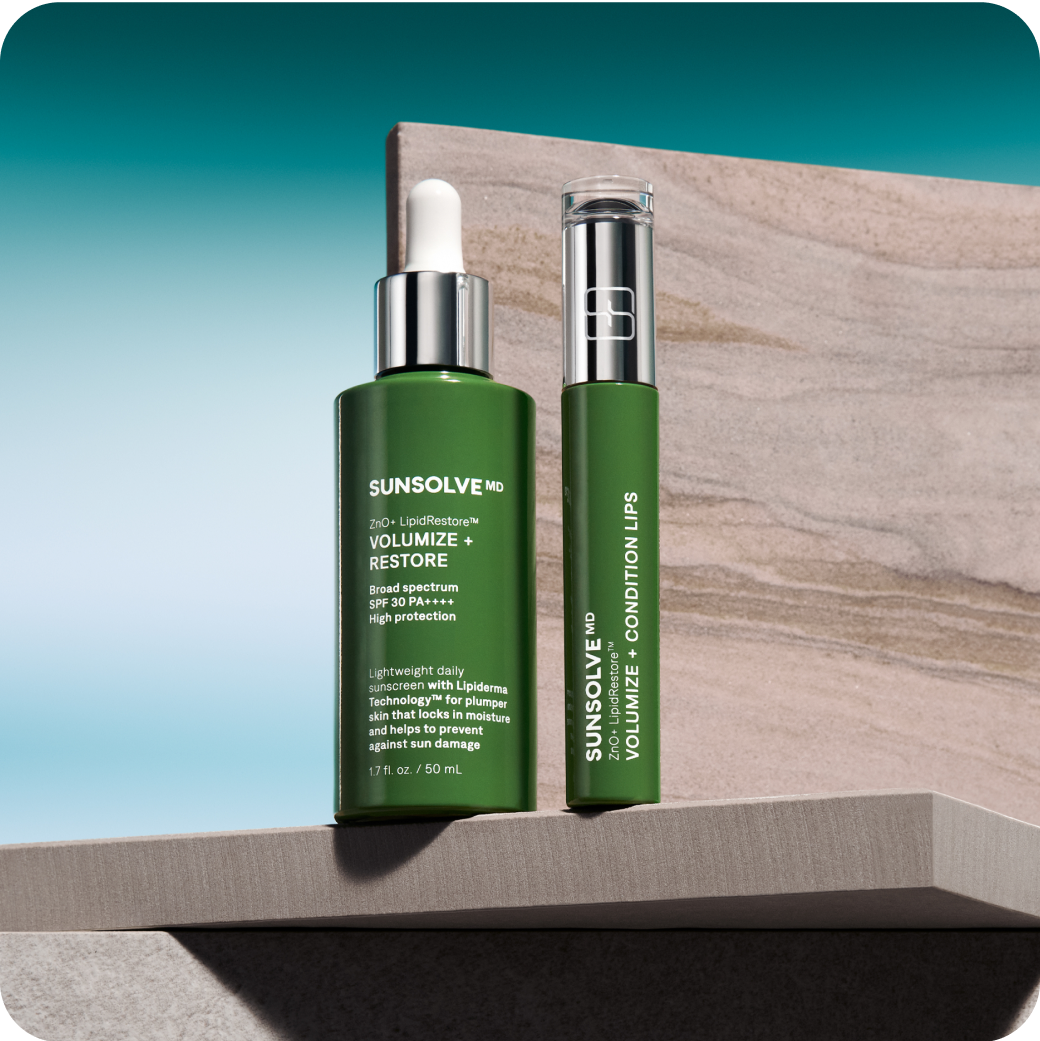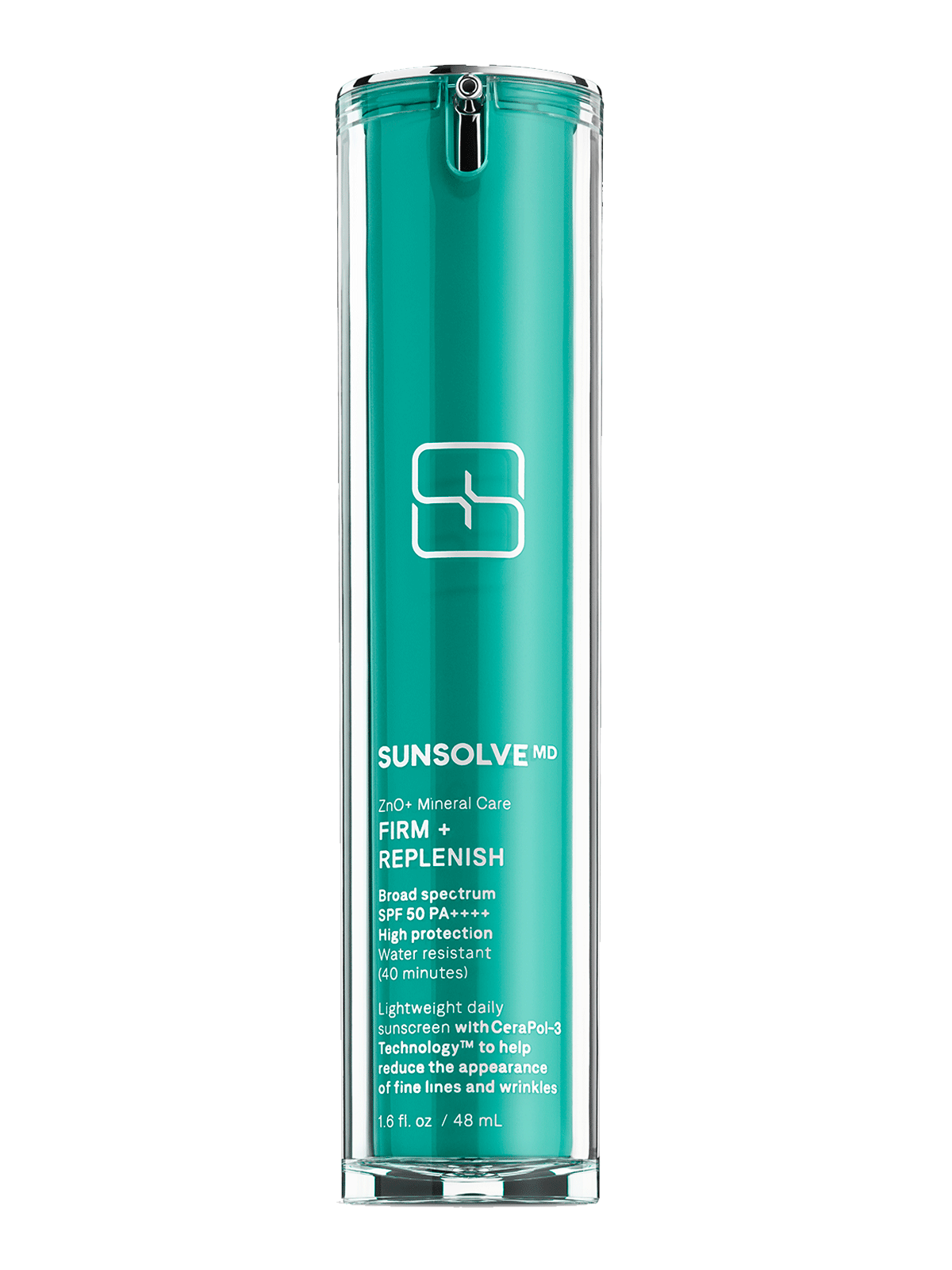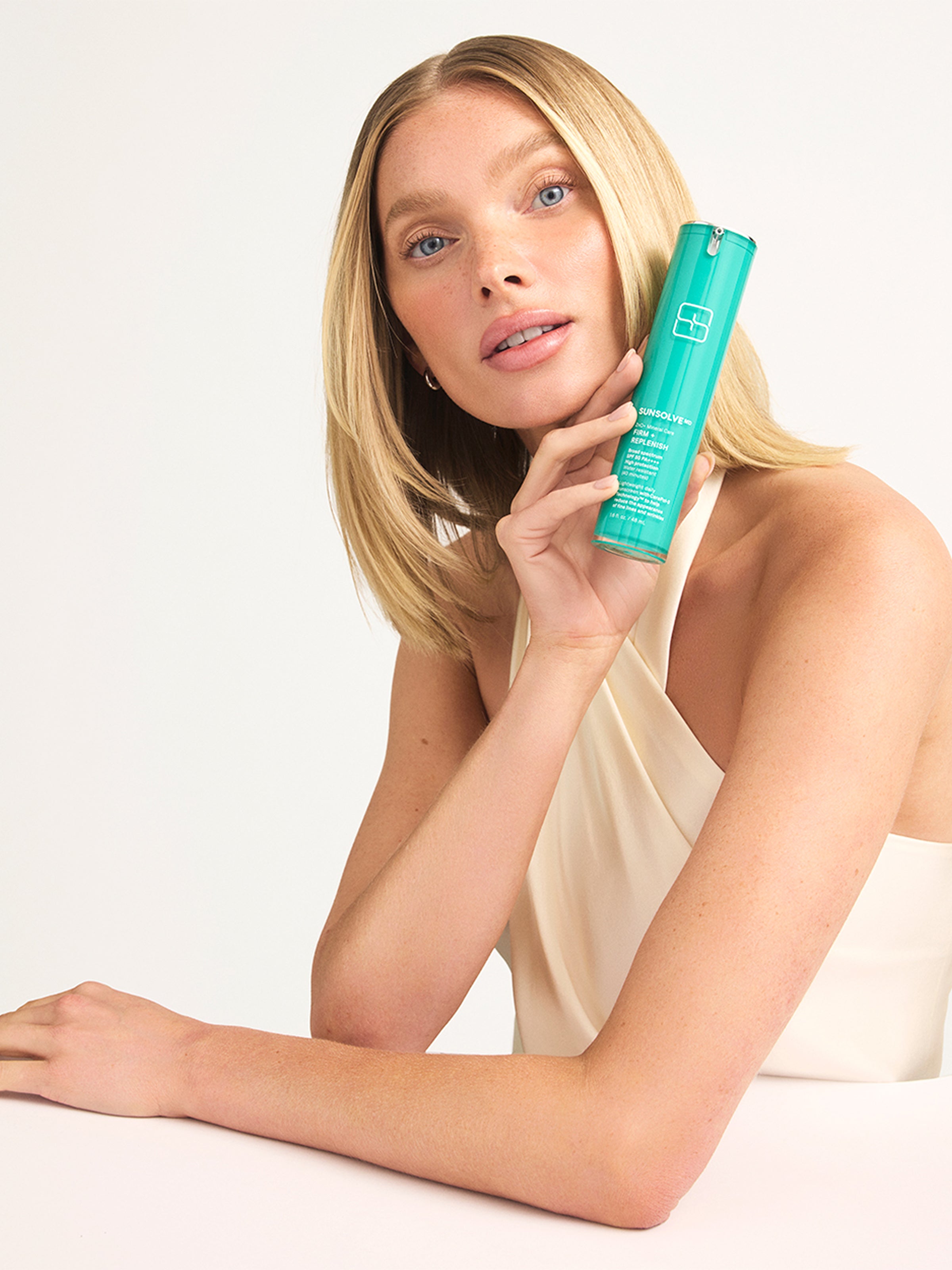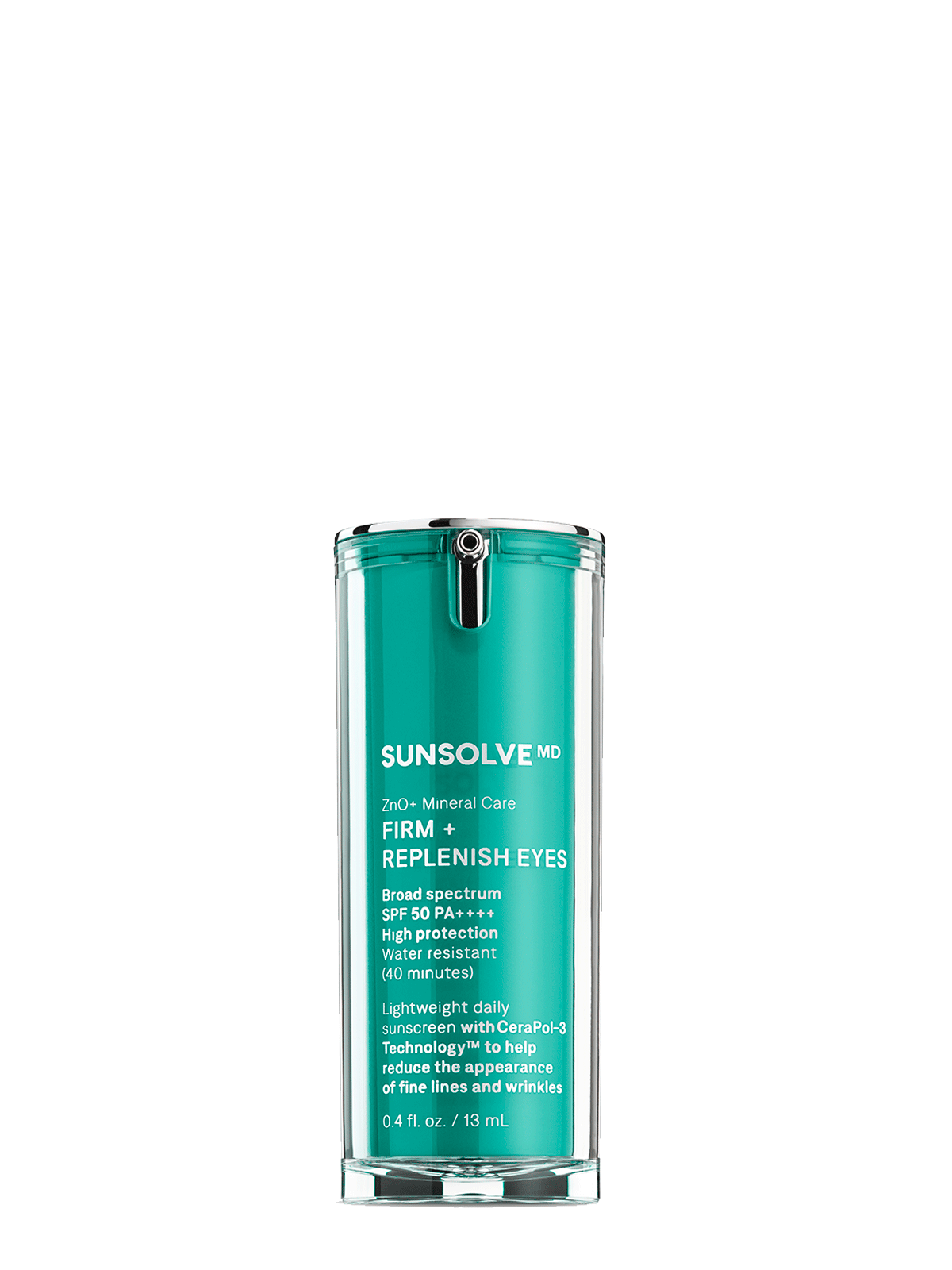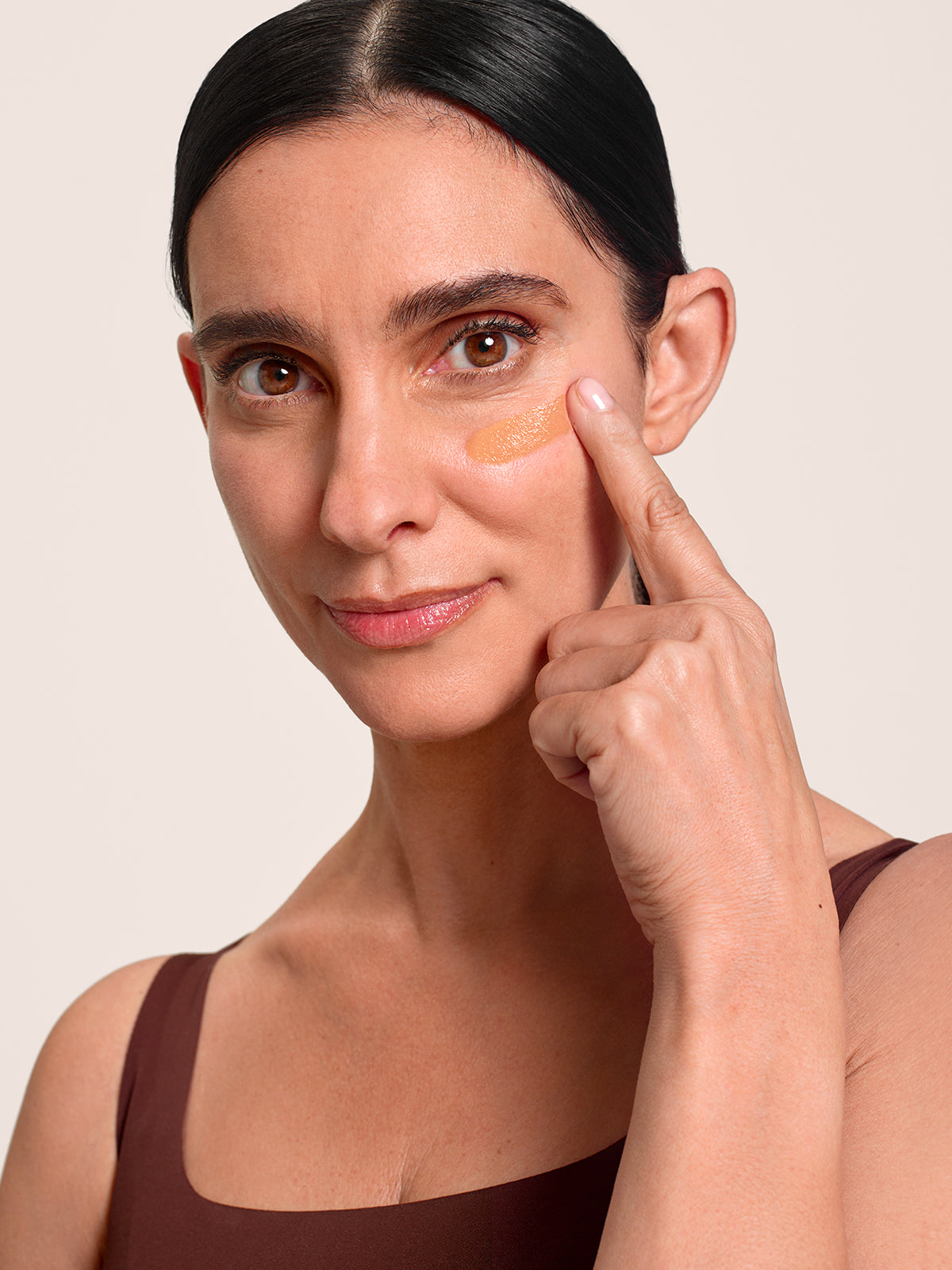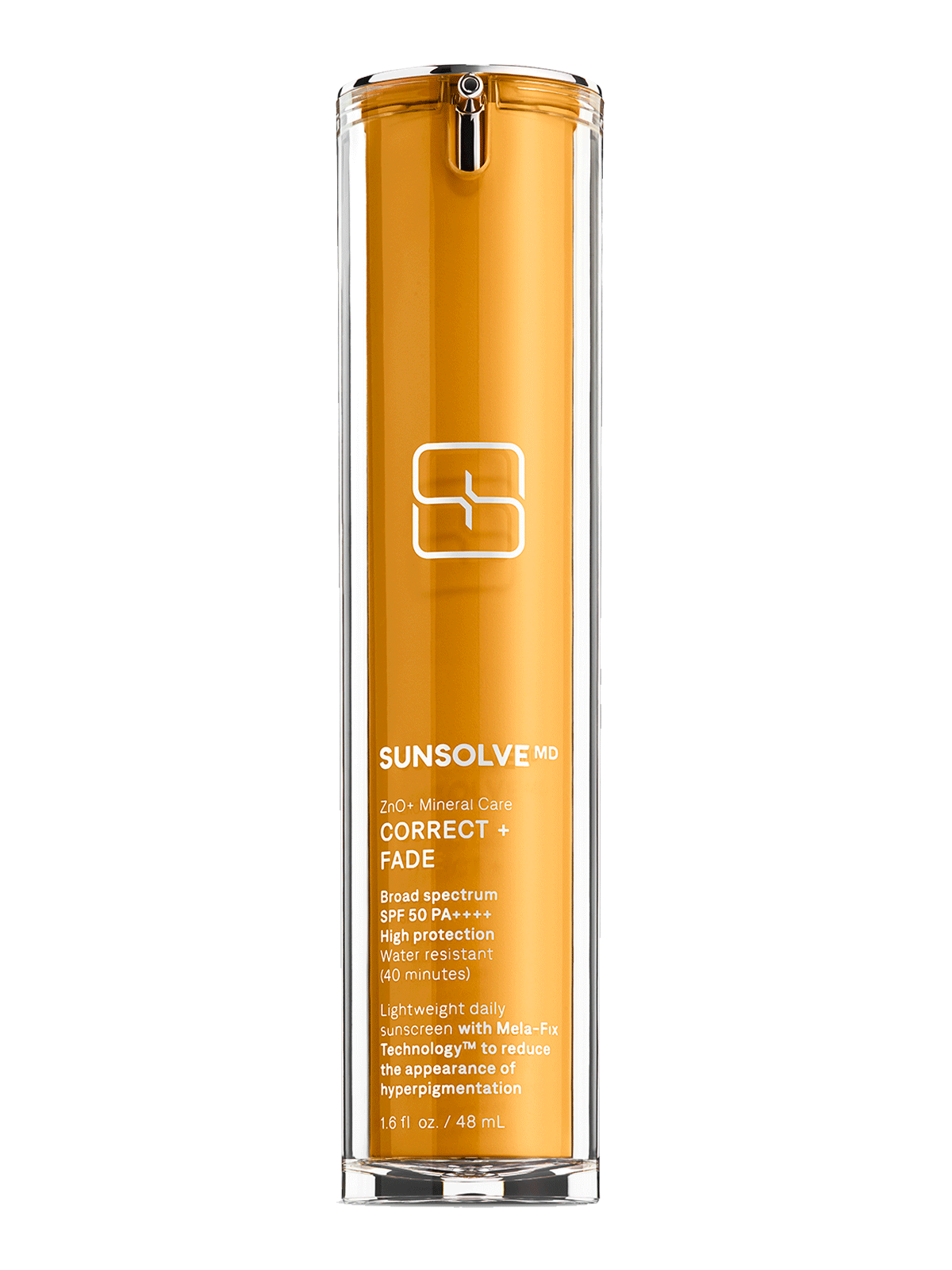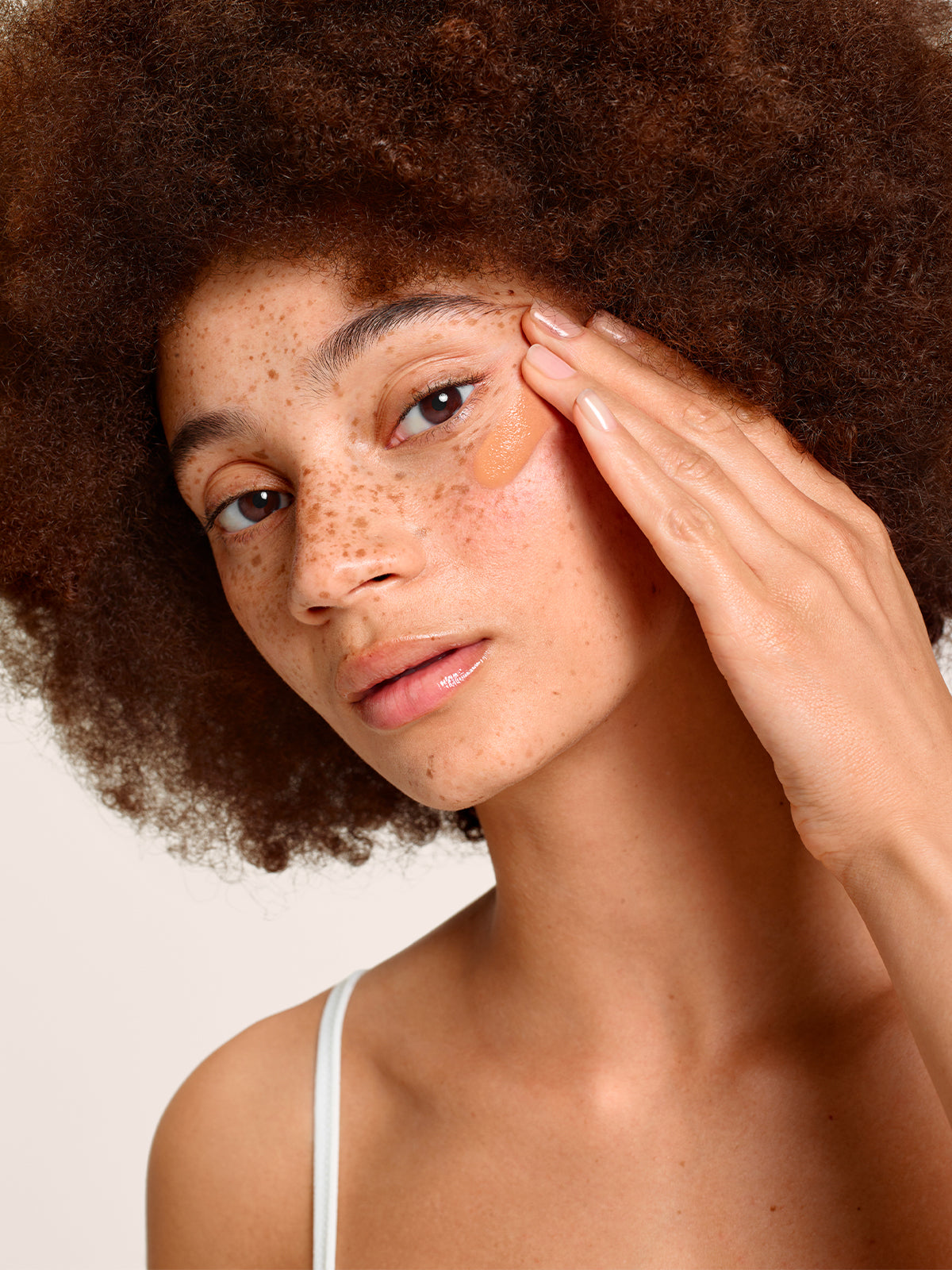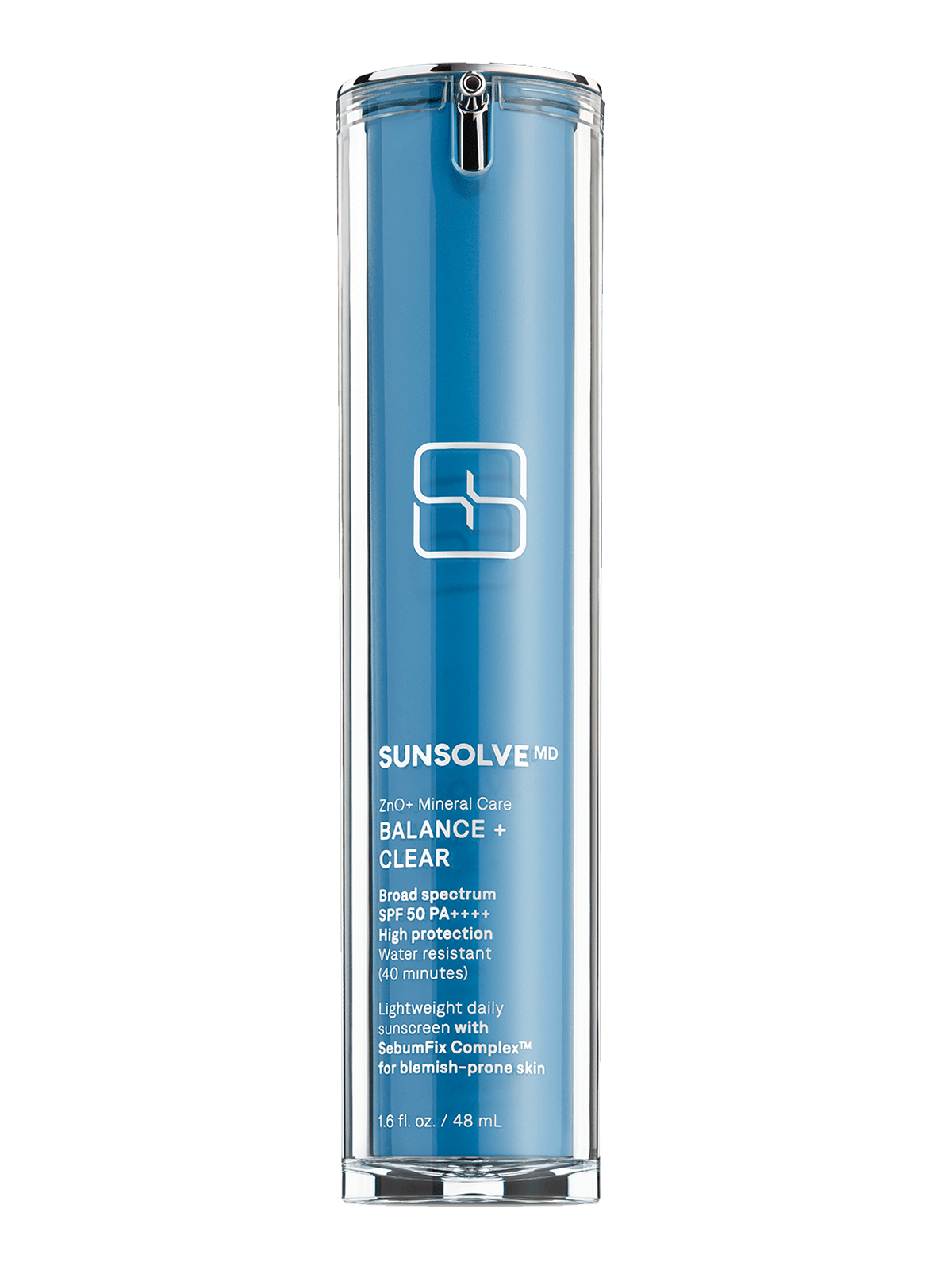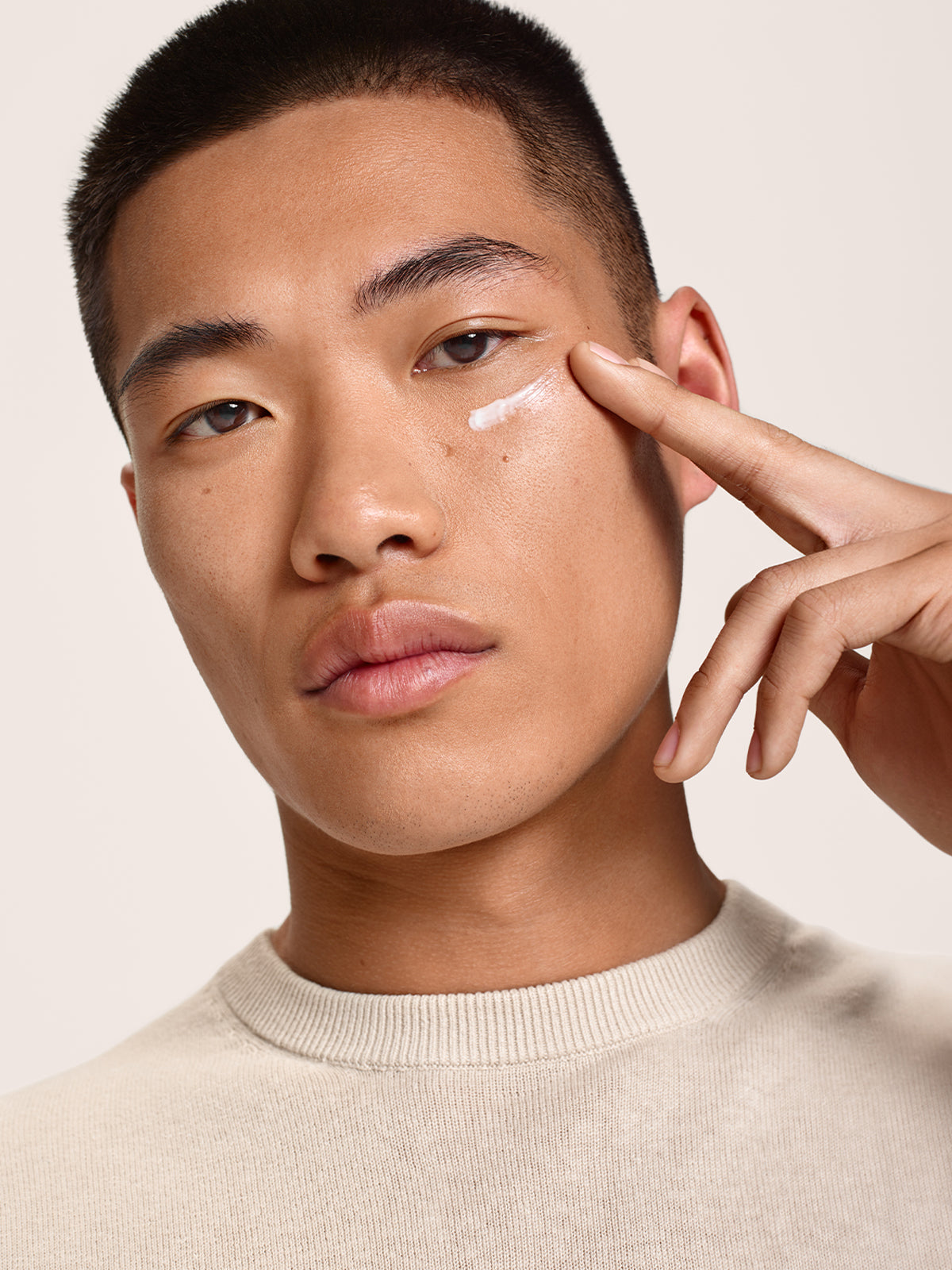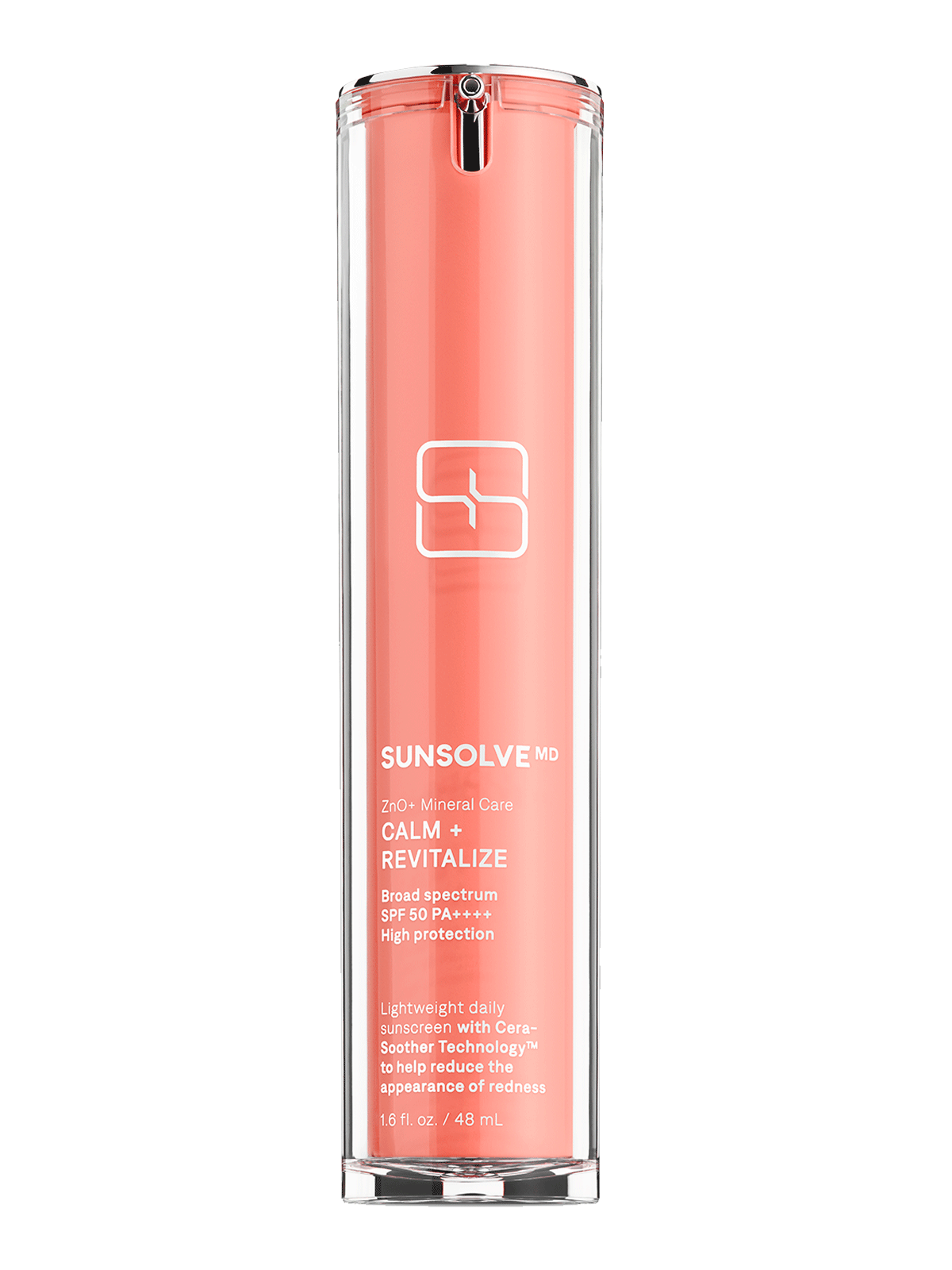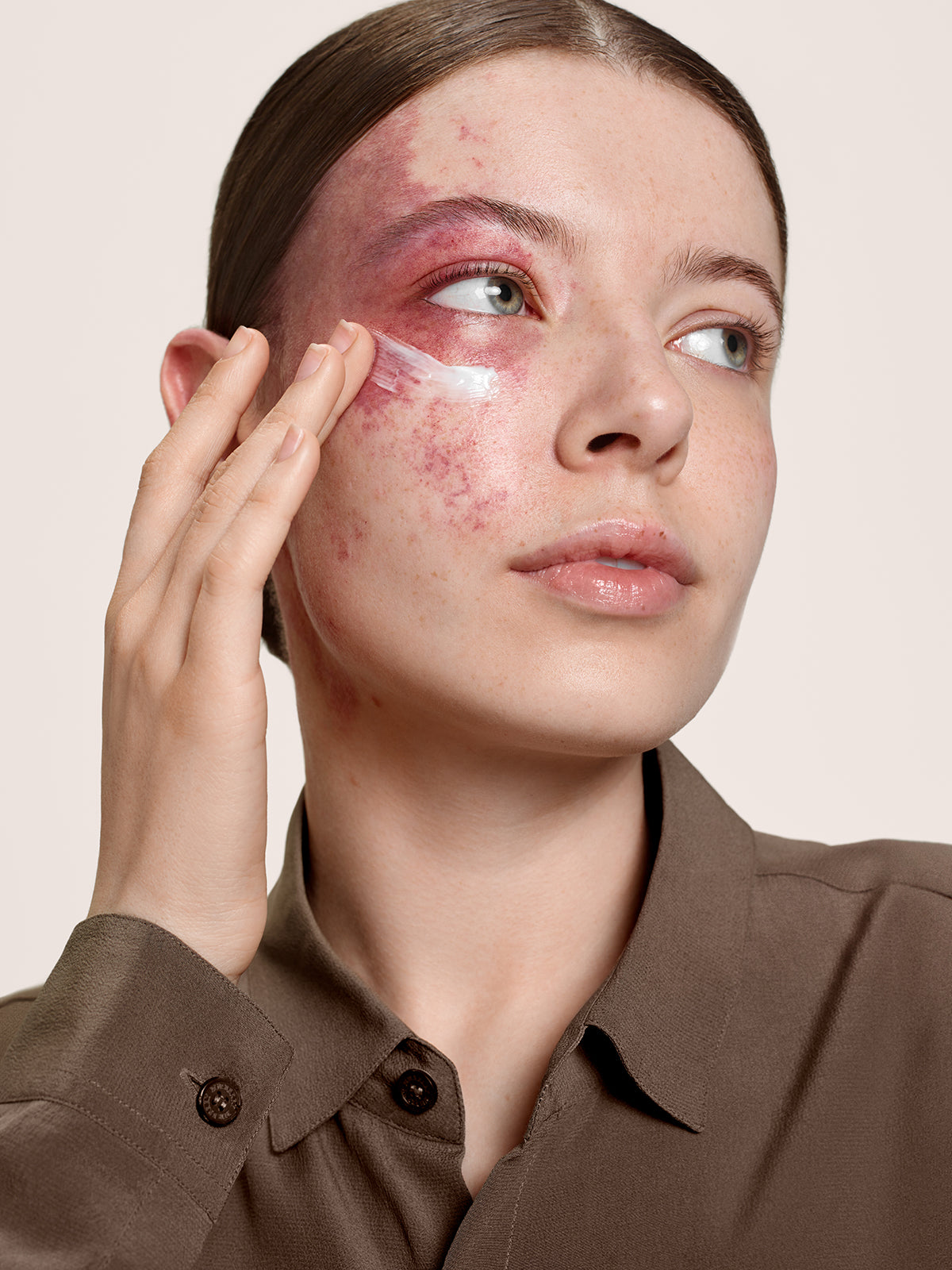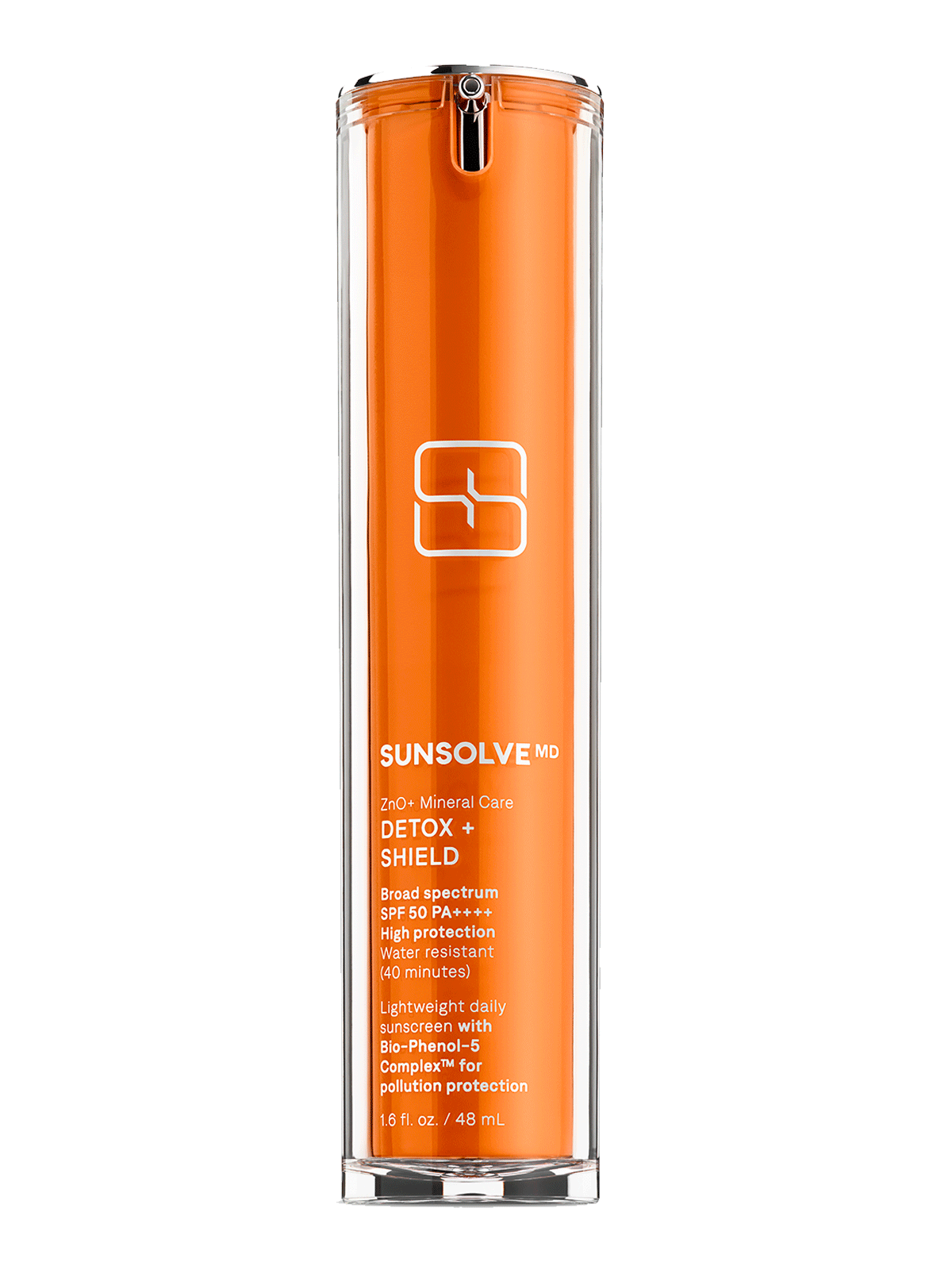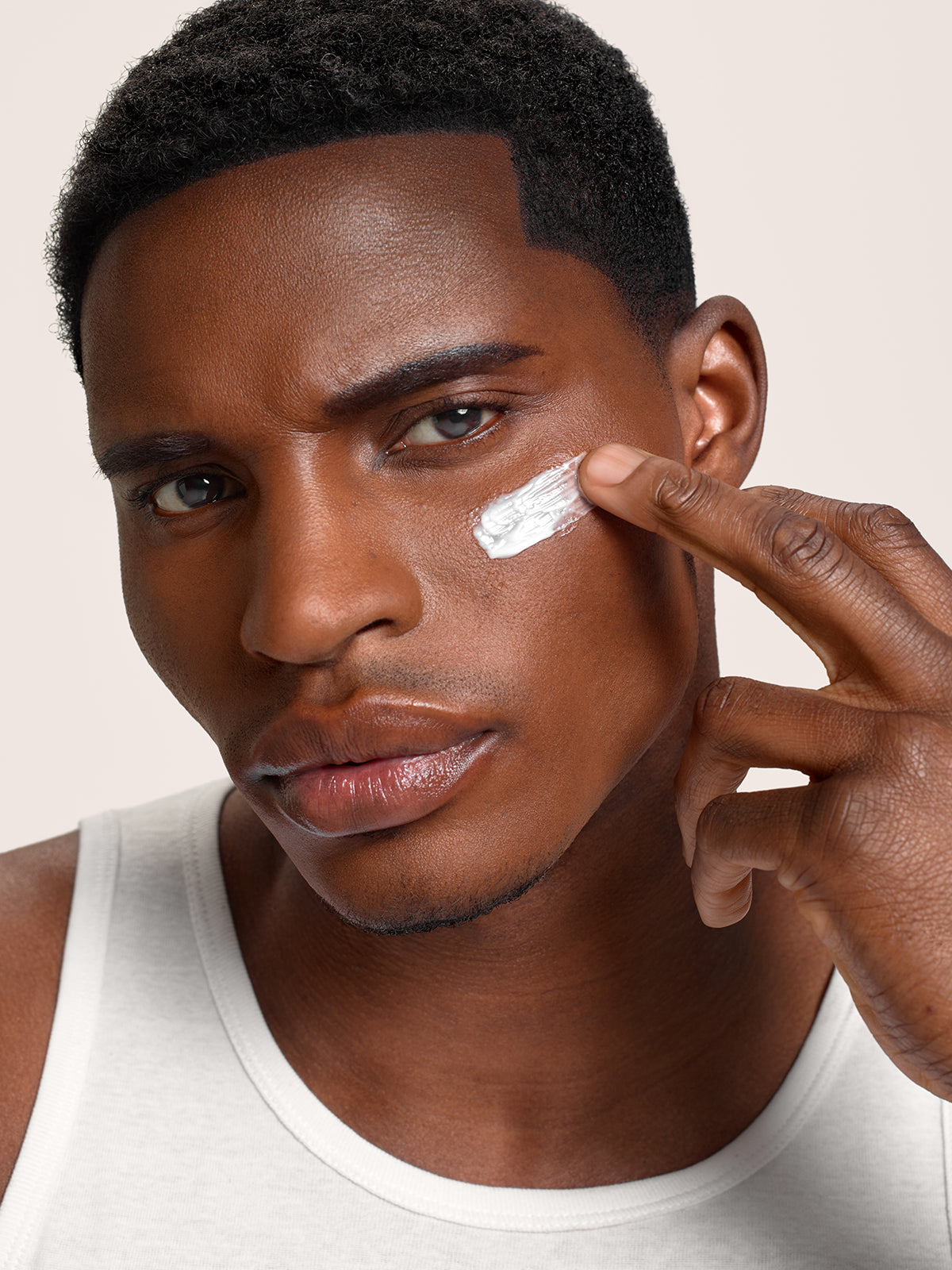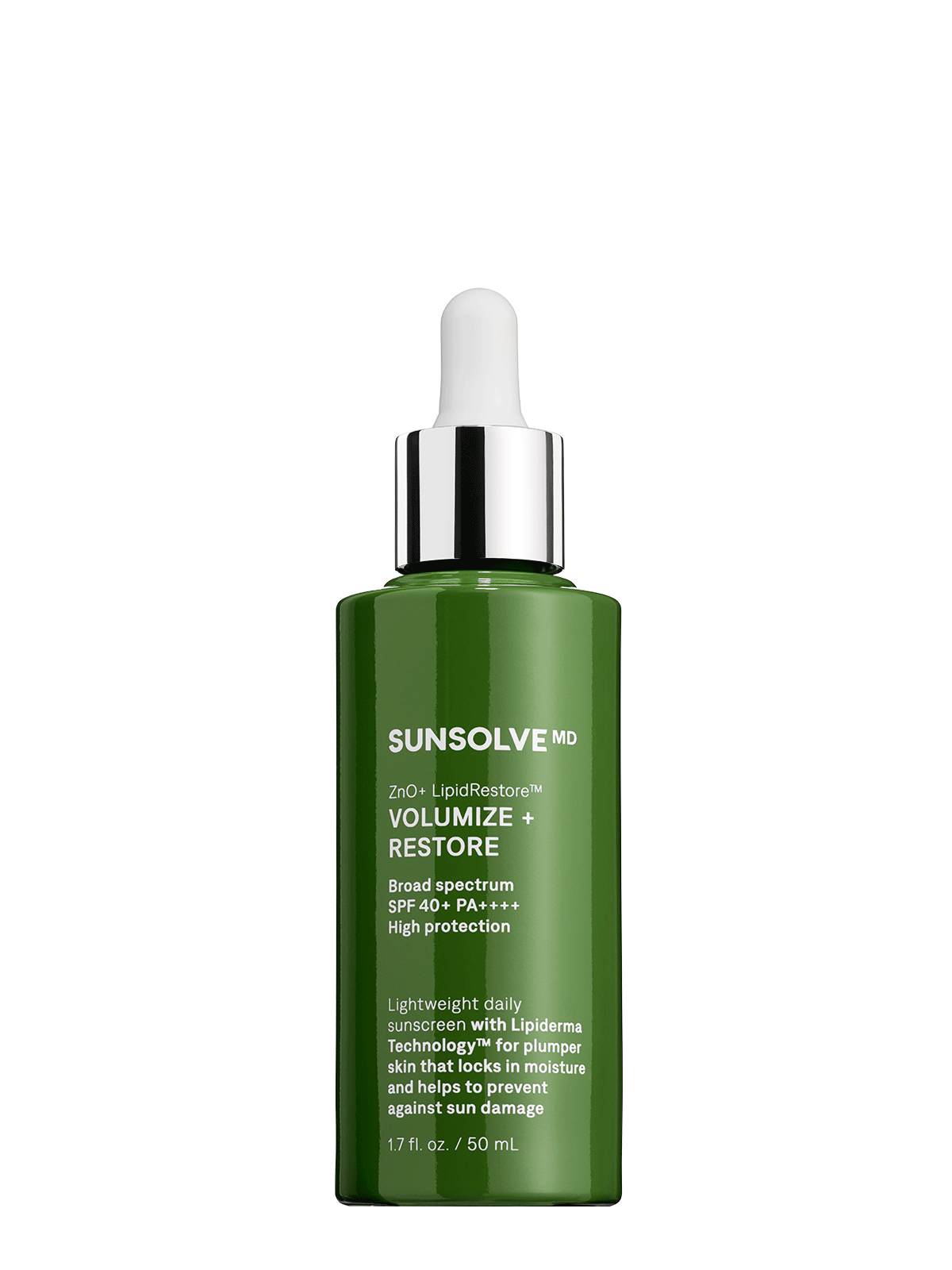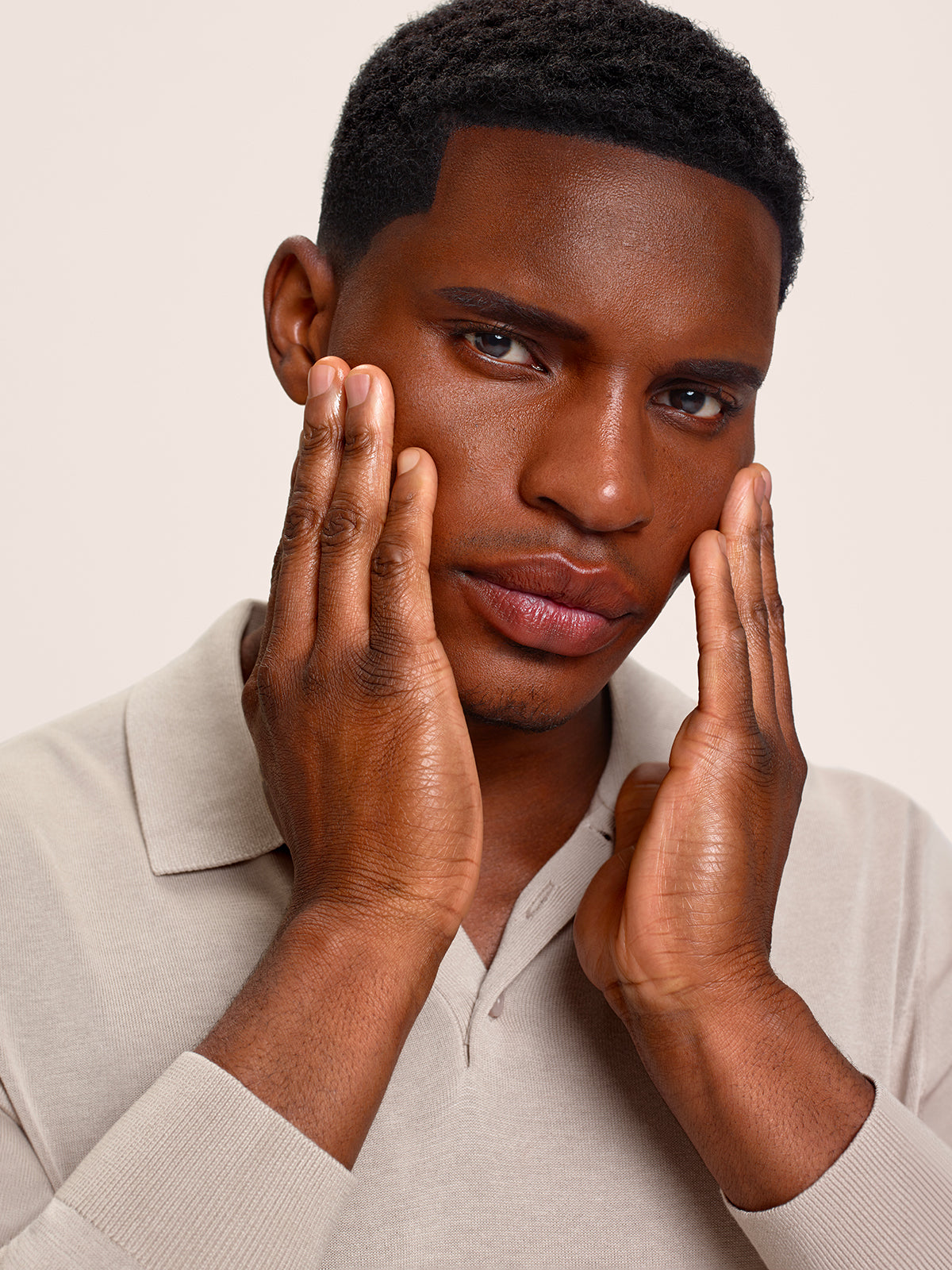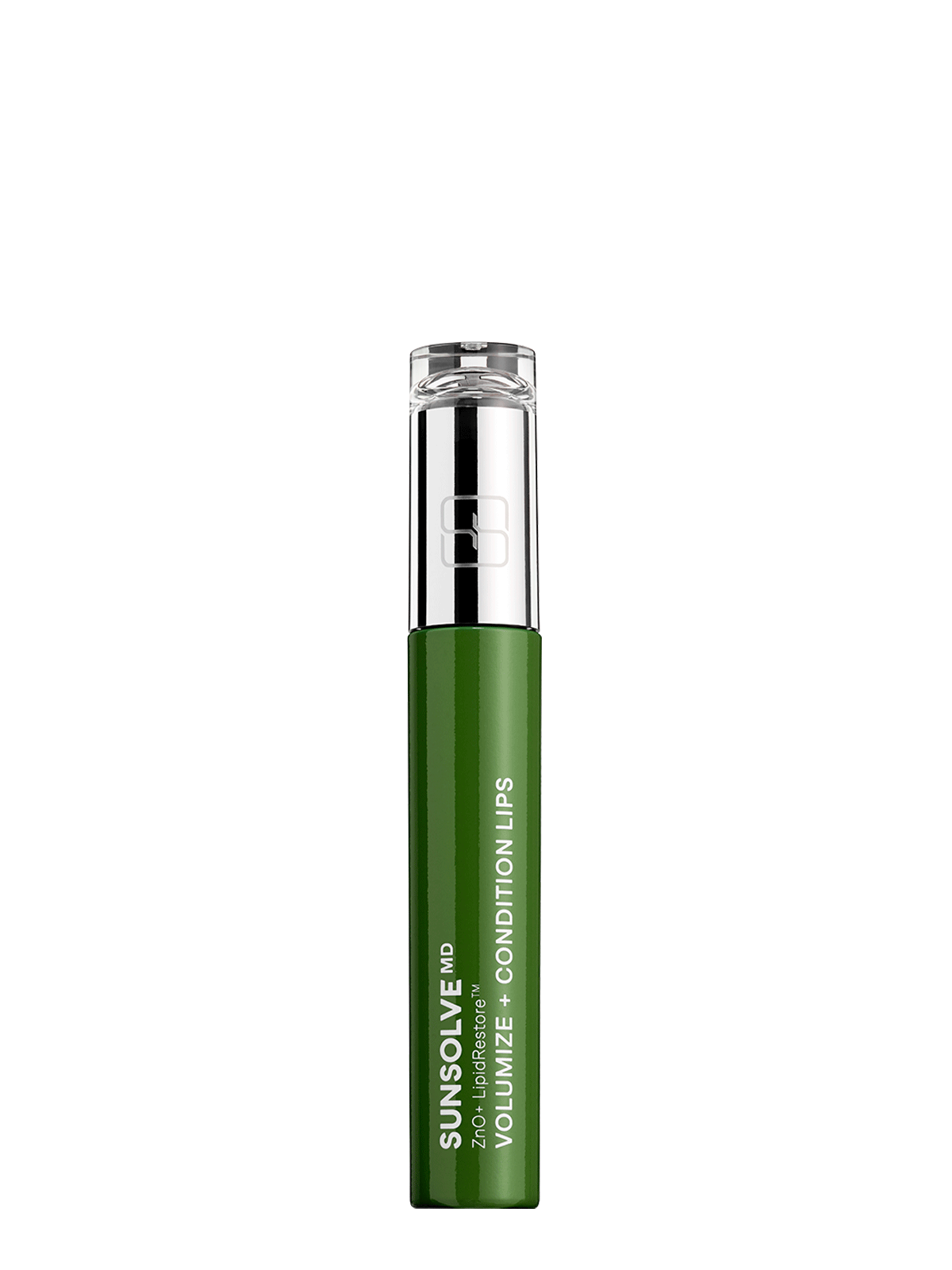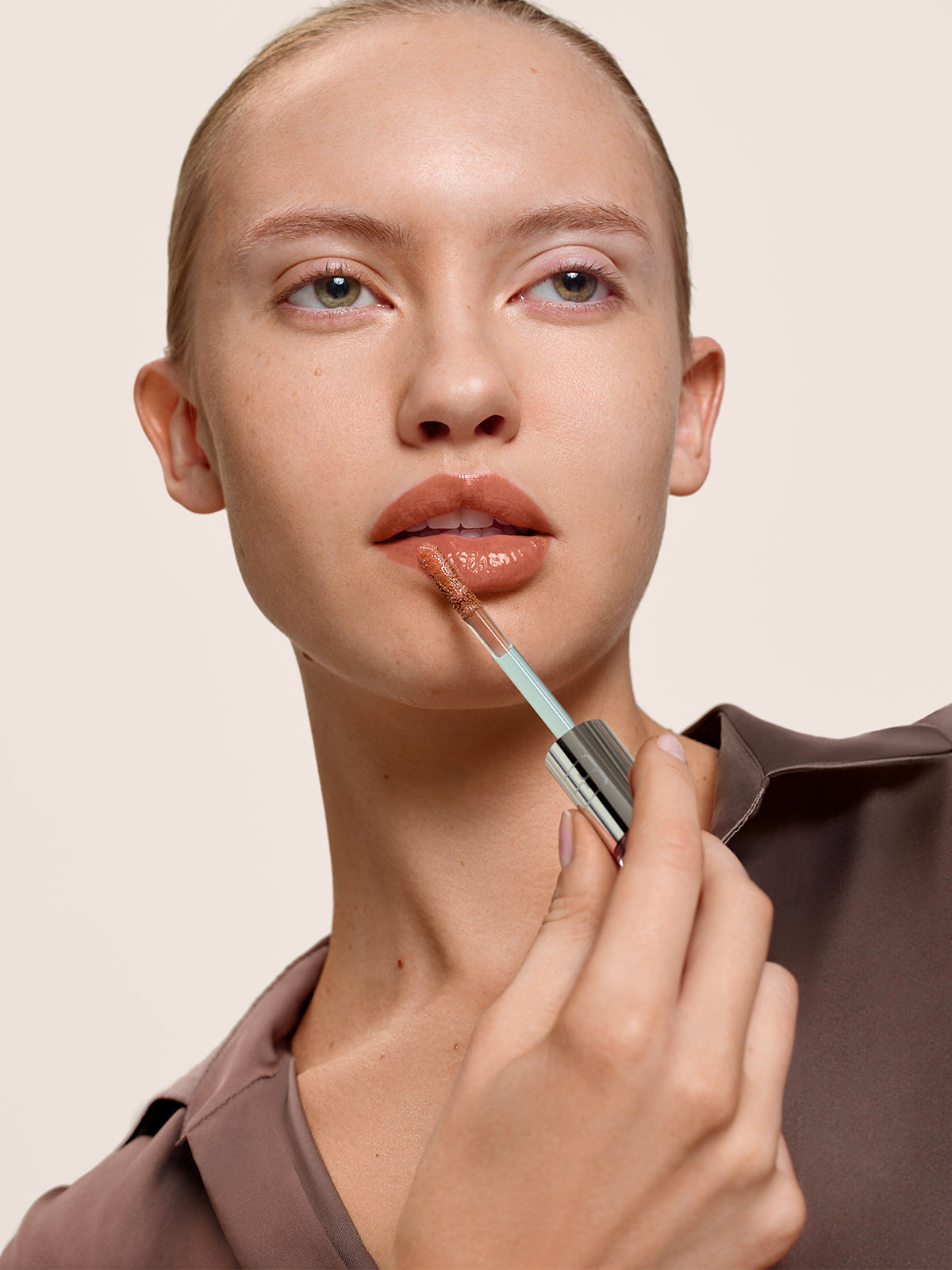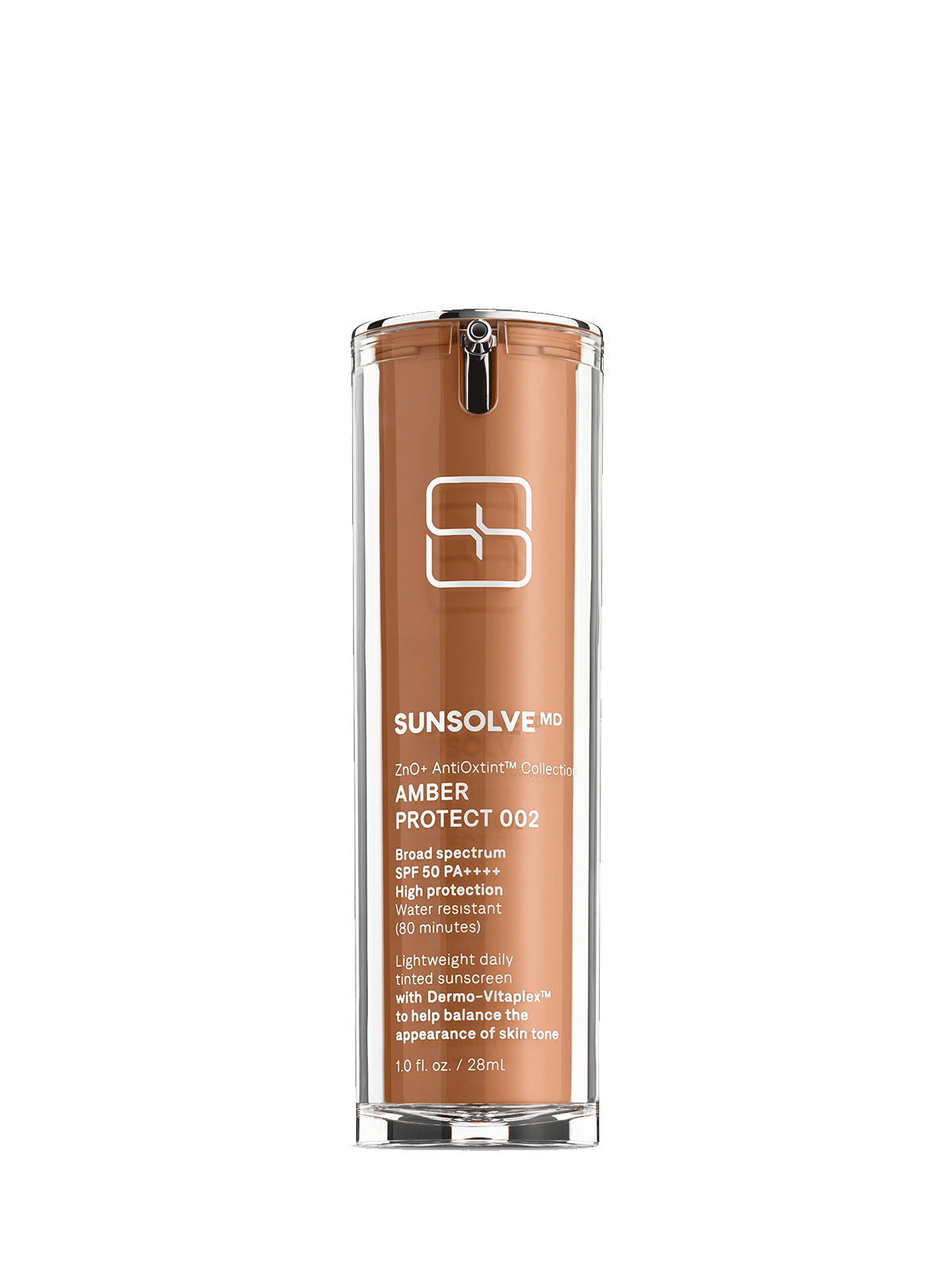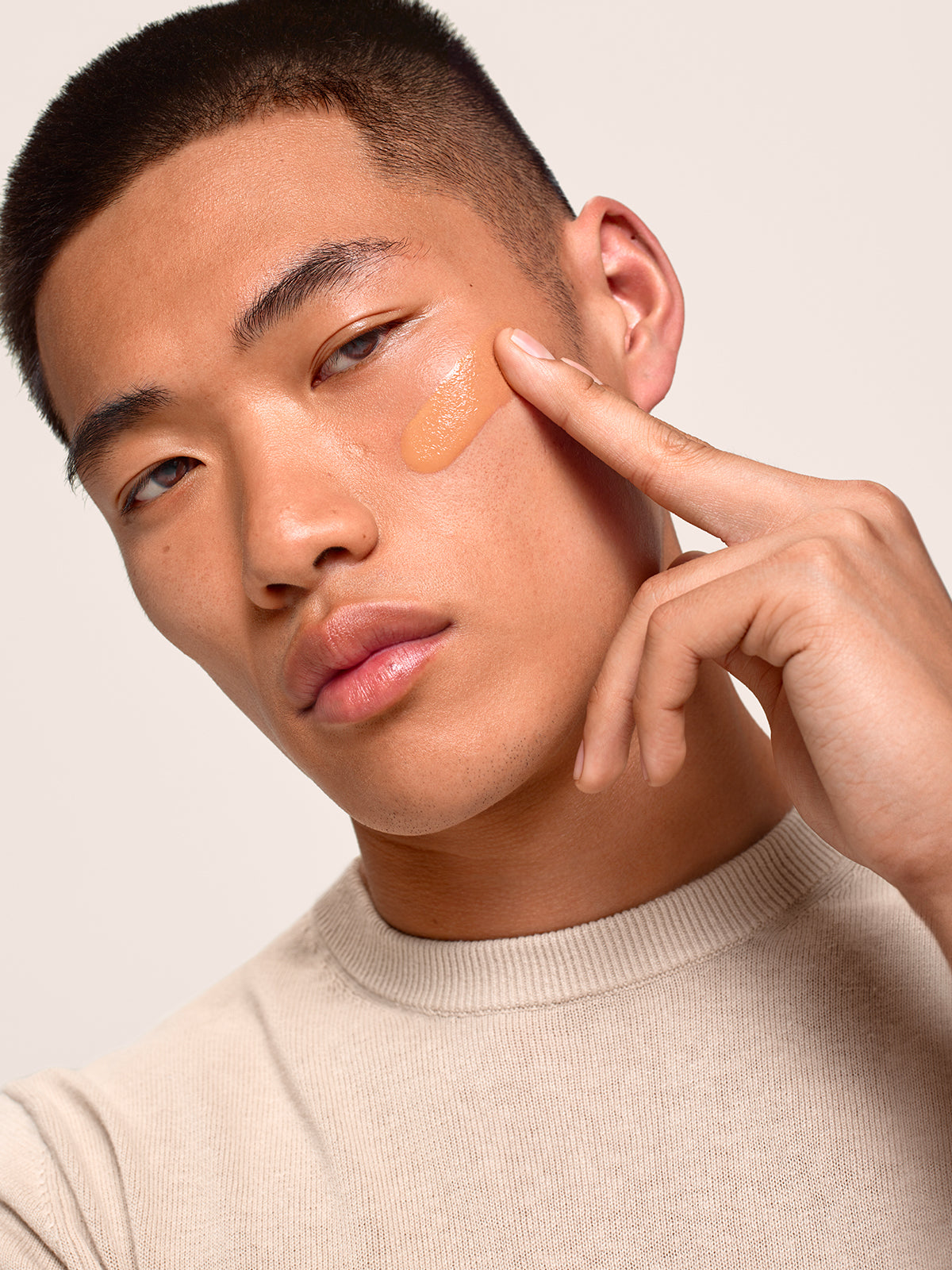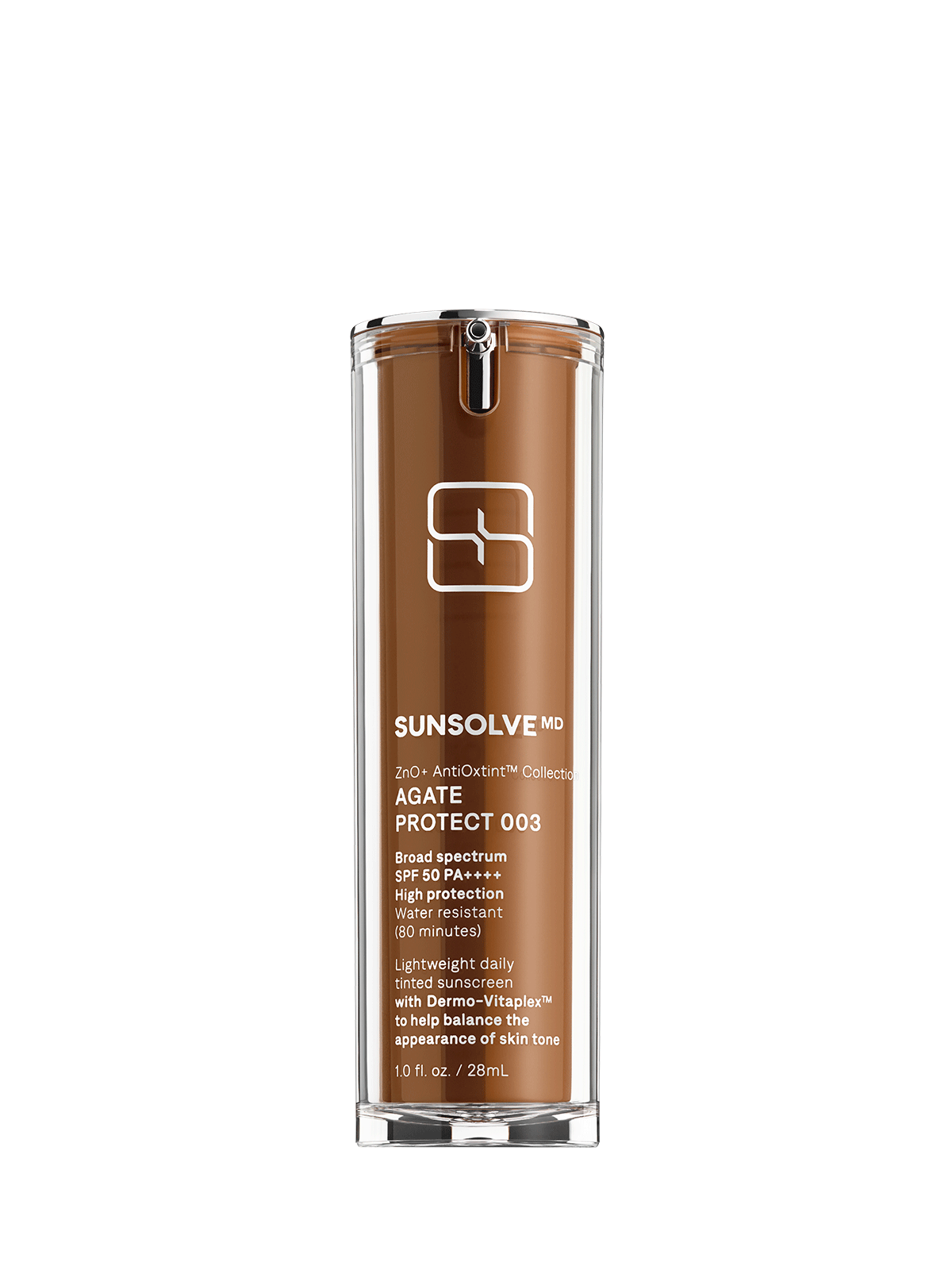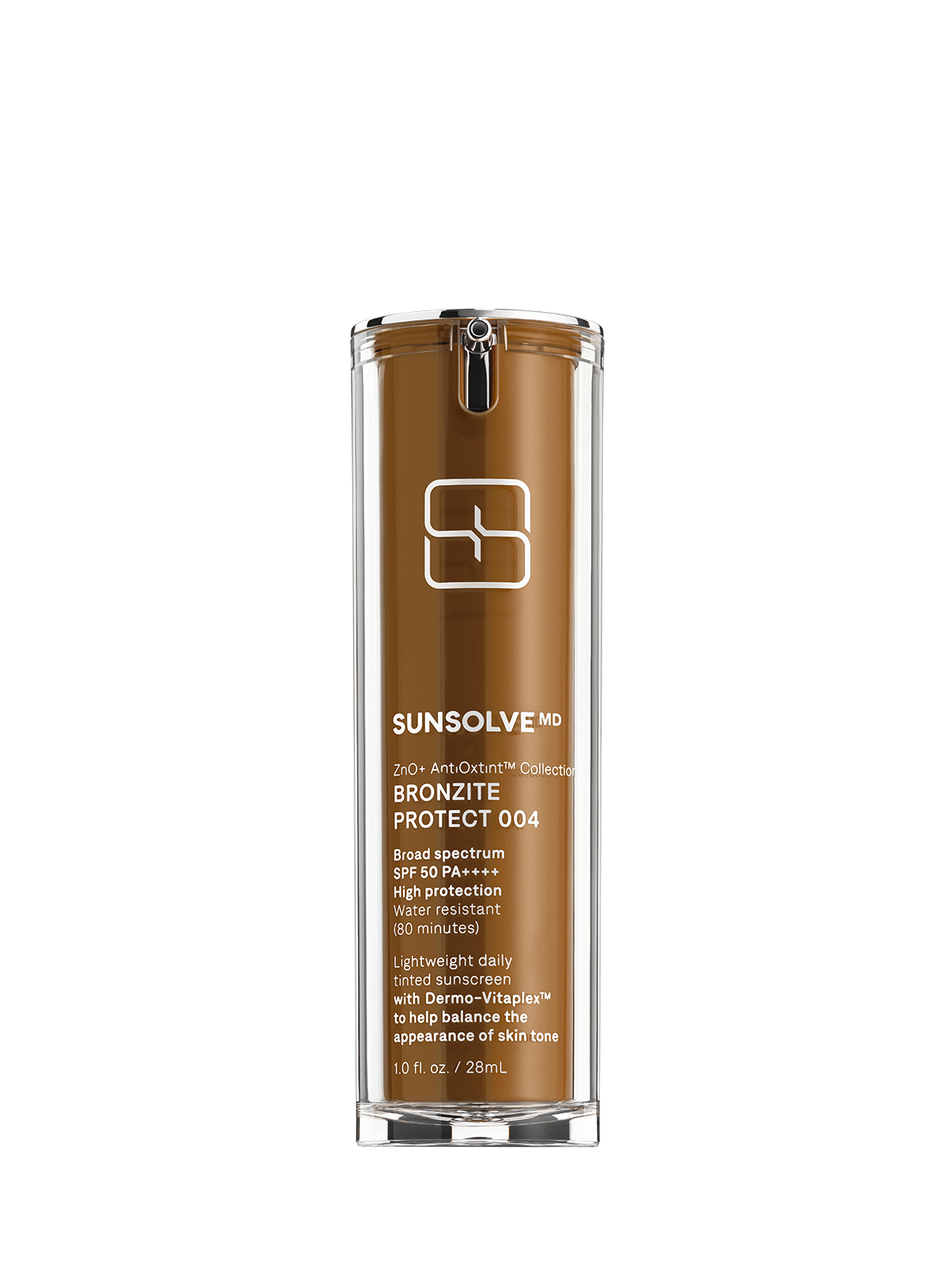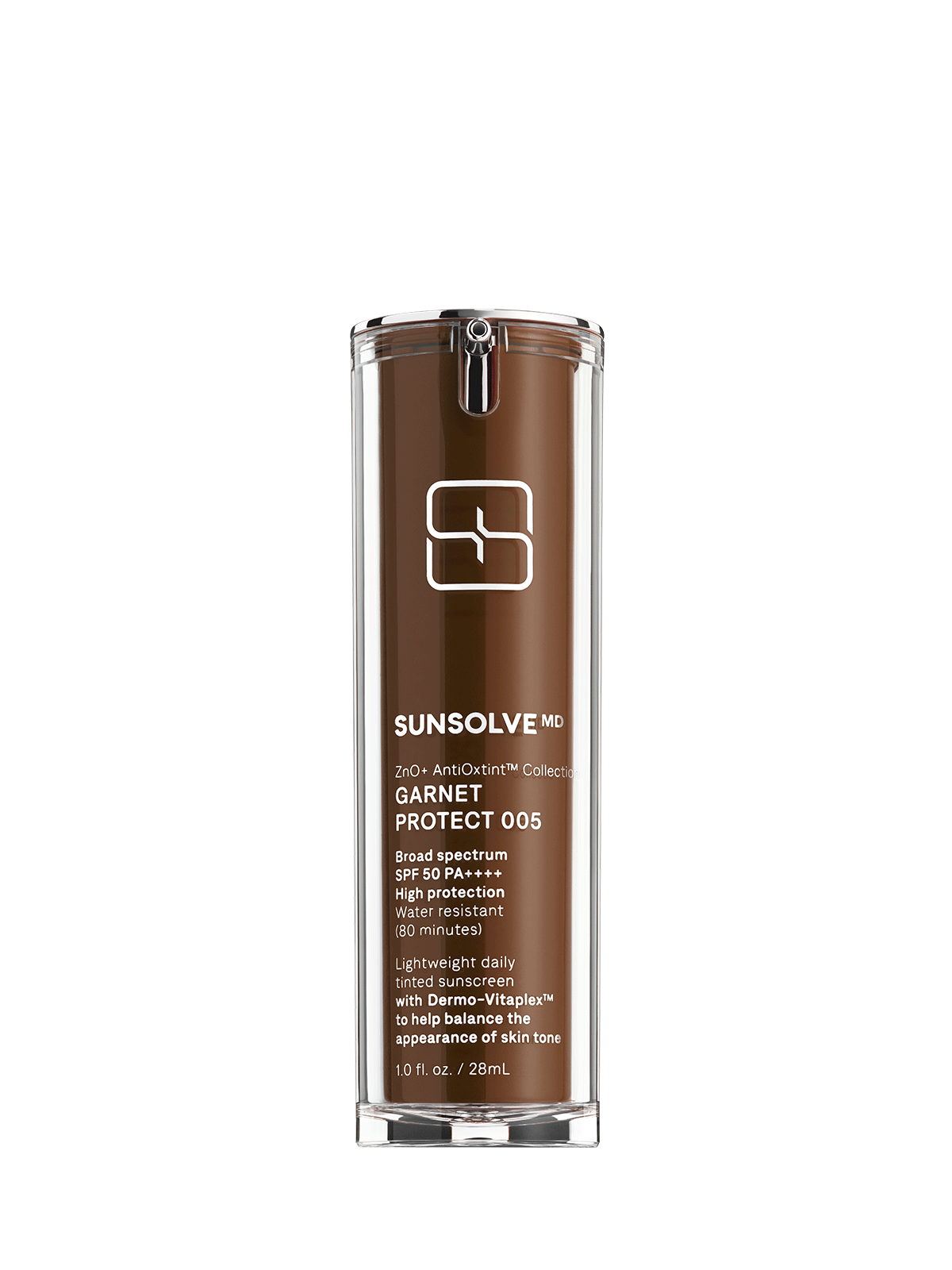
The Buzzy Skin Care Ingredients That Cause Sun Sensitivity
Over the last five years, several buzzy skincare products have grown in popularity. Whether you have a simple skincare regime or follow a 10-step routine, it is likely that you will have heard of chemical exfoliants, highly effective acids that can eliminate bacteria and clarify the skin.
However, several of the chemical exfoliants found in popular serums and creams could be increasing your sensitivity to the sun. A range of studies has shown that the use of alpha hydroxy acids, beta hydroxy acids, retinol and vitamin c may lead to sun sensitivity, also known as photodamage.
This guide will explain the makeup of the chemicals present in today’s buzziest skincare products, why they could make your skin more sensitive to the sun, and how to use chemical exfoliants alongside SPFs to protect your skin from UV rays.
What is photosensitivity and why does it matter to our skin?
Before looking at whether these products make our skin more sensitive to ultraviolet light and therefore sun damage, it’s important to understand what that means. There are two key types of photosensitivity:
Phototoxicity
The more common form of photosensitivity, this is an irritation that occurs within a few hours of sun exposure such as sunburn
Photoallergy
Less common, this is an allergic reaction following sun exposure that can either be immediate or occur after several days
Both effects of ultraviolet radiation cause DNA changes in our skin that can lead to signs of premature ageing or even skin cancer. This is why it’s important to be aware of whether your skincare products could be exacerbating the problem by leaving you at greater risk.
Popular products that can have side effects for your skin
AHA
An abbreviation for Alpha-hydroxy acids, AHAs are the name commonly used to describe a group of plant and animal-derived acids found in a range of skincare products. This can include daily anti-ageing products, serums, creams or toners, as well as concentrated treatments.
Also known as salycistic acids, BHAs are usually found in exfoliants, and have become an extremely popular choice of chemical exfoliant in recent years. While these acids have long been an ingredient in prescription acne creams, they are now sold in mainstream over-the-counter skincare products such as CeraVe’s Smoothing Cleanser or the Paula’s Choice 2% BHALiquid Exfoliant.
Retinol
The much discussed skincare ingredient retinol belongs to a group of vitamin A derivatives known as retinoids. Retinoids, which belong to the same family as retinol, were first introduced in 1971 as a treatment for acne, psoriasis and other skin conditions. Now sold over the counter in weaker consistencies, retinol is a formulation of vitamin A that is applied topically to reduce the effects of ageing, acne and other blemishes. Retinol has grown in popularity because, as an inactive form of Vitamin A, it metabolises to active over time after application, which allows consistent use without irritation. It can also help to encourage collagen production, evening out skin tone while blurring fine lines.
Vitamin C
Finally, vitamin C serum (also known as ascorbic acid) is often touted for antioxidant properties. It can help brighten and improve hyperpigmentation while retinol focuses more on fighting wrinkles.
AHA vs BHA: the vital difference for skincare lovers
Acids are active ingredients in skincare, and they can lower the pH levels of the skin. AHAs are water-soluble acids made from sugary fruits and they peel away the surface of your skin to make way for new skin cells. Common AHAs tend to include glycolic acid – particularly helpful with dryness and age spots – or lactic acid, which exfoliates and hydrates sensitive skin.
BHAs are oil-soluble and get deeper to remove dead skin cells and excess sebum. The best-known BHA is salicylic acid, which was originally created from the bark of white willow and wintergreen leaf, but is now most often created in a lab today as an acne treatment, as well as a treatment for rough and bumpy skin (also known as keratosis pilaris), skin conditions like psoriasis, and clogged pores.
Recently, Polyhydroxy Acids (PHA) have also been gaining popularity as a more gentle alternative acid for sensitive skin.
All three acids improve skin texture and can help with hyperpigmentation, the medical term used to describe when darker patches of skin form due to excess melanin production.While AHAs exfoliate the top layer of the skin, BHAs can work more deeply to unclog pores, remove dead skin cells, and reduce inflammation.
How do AHA and BHA’s affect my skin’s sensitivity to sun?
While research shows that BHAs do not make the skin any more sensitive to the sun than it already is, some studies have discovered that salicylic acid may even protect skin from sun damage.
A 2006 study found that “salicylic acid inhibits UVB-induced sunburn cell formation, as well as increasing the removal of UVB induced TT dimer formation in living skin equivalents. Given these protective properties of salicylic acid, we propose the use of salicylic acid as a topical therapeutic to protect the skin from sun damage” (1. Mammone T, Gan D, Goyarts E, Maes D. 2006).
AHAs however, work by exfoliating the top layer of the skin, meaning that AHAs including glycolic acid and lactic acid can actually increase UV sensitivity, making us more prone to photodamage and hyperpigmentation from the sun (2. FDA). Specifically, studies found that AHAs increase skin sensitivity to UV radiation after application, but this generally decreases after application is suspended for one week.
For this reason, the FDA recommends wearing SPF sunscreen when using products containing AHAs (more on the kinds of SPFs recommended later on).
Does retinol make my skin more sensitive to sun damage?
Ingredients that exfoliate or encourage skin cell turnover tend to cause photosensitivity. Like AHAs, retinol is also prone to increase damage by exposing new skin cells to the sun. FDA labelling guidelines, as well as skincare advisors, continue to suggest that retinoid users avoid UV exposure while using retinoids where possible, and use an SPF alongside.
Furthermore, experts advise that while it is possible to wear retinol during the day time (with SPF) it’s useful to know that retinols themselves are sensitive to sunlight, so if exposing yourself to the sun after using a retinol product makes the product less effective (3. Tolleson WH, Cherng SH, Xia Q, Boudreau M, Yin JJ, Wamer WG, Howard PC, Yu H, Fu PP 2005). It is therefore both better protection and more effective to use retinol at night where possible.
Can I use my Vitamin C skincare products in the day time?
Wearing Vitamin C during the day in sunlight has been found to cause irritation in rare cases for those with sensitive skin. However, unlike active ingredients such as retinol and hydroxy acids, wearing vitamin C does not make your skin vulnerable to sun damage.
Because vitamin C is a potent antioxidant, it can actually reinforce the protective effects of sunscreen. One study repots that “vitamin C does not absorb UV light but exerts an UV-protective effect by neutralizing free radicals”. Under laboratory conditions, it was found that application of 10% topical vitamin C showed “a statistical reduction of UVB-induced erythema by 52% and sunburn cell formation by 40-60%”. (4. Telang PS, 2013). Still, it’s important to wear SPF alongside using vitamin C treatments as you usually would to prevent photodamage.
Balancing your skincare regime to fight sun damage and ageing
Whether you exfoliate or not, experts advise that everyday sunscreen is a non-negotiable in any skincare routine since sun exposure can lead to various skin concerns including premature ageing, hyperpigmentation, as well as skin cancer. Yet, as aforementioned, regular exfoliation can leave skin more vulnerable to sun damage, making it even more important to wear sunscreen.
SunsolveMD sits at the intersection of skincare and suncare, offering a more streamlined and efficacious ritual for everyday protection and care. We provide a comprehensive elemental shield that protects your skin from UV rays, pollution and blue light, whilst simultaneously enhancing your skin through bio-functional actives, making it a great choice for an everyday product.
SunsolveMDAnti Aging + Pro Hydration Mineral Serum SPF50
Improves the appearance of dull, ageing skin and restore youthful firmness to the skin’s texture while quenching free radicals and providing UV protection. Zinc Oxide Anti-aging enhances the look of ageing skin through a concentrated boost of the essential five skin ceramides alongside a rich, mineral 12% non-nano zinc oxide base.
SunsolveMD Anti-Pigmentation Mineral Serum SPF50
Formulated with a cocktail of clinically-proven skin brightening ingredients. This lightweight SPF is a 2-in-1 daily solution for both powerful UV protection and effective skin tone complexion correcting, providing powerful antioxidant protection, all while reducing the look of hyperpigmentation and visible effects of sun damage over time
SunsolveMD Anti-Acne Mineral Serum SPF50
Rebalances oily skin and significantly minimises the appearance of clogged pores, while offering powerful UV-protection. Featuring an anti-sebum, anti-keratinisation, anti-inflammation ingredient complex alongside the patent-pendingSunsolveMD skin barrier reinforcing base complex, the skin is left feeling rebalanced, calmed, and visibly clearer from blemishes over time.
Be mindful to repeatedly reapply sunscreen frequently throughout the day to ensure that new skin cells (brought up to the skin surface through AHAs or retinol's exfoliative action) are adequately protected.
Quick tips for extra protection
Finally, here are some additional tips for avoiding photodamage.
- Avoid stepping outdoors during peakhours of UV exposure
- Looking up the UV index before stepping out is a great way to reduce excessive sun exposure
- Wear sun-protective clothing when outdoors, including hats and UPF materials
- Wear large sunglassess as to protect the thinner, delicate skin around the eyes
- Carrying umbrellas is a great way of protecting your skin from UV rays
- Having UV-blocking shields on your car windows
- Avoid tanning and sunbeds to minimize the occurrence of photodamage
References
Mammone T, Gan D, Goyarts E, Maes D. Salicylic acid protects the skin from UV damage. J Cosmet Sci. 2006 Mar-Apr;57(2):203-4. PMID: 16758568.
FDA, https://www.fda.gov/regulatory-information/search-fda-guidance-documents/guidance-industry-labeling-cosmetics-containing-alpha-hydroxy-acids (https://www.fda.gov/regulatory-information/search-fda-guidance-documents/guidance-industry-labeling-cosmetics-containing-alpha-hydroxy-acids)
Tolleson WH, Cherng SH, Xia Q, Boudreau M, Yin JJ, Wamer WG, Howard PC, Yu H, Fu PP. Photodecomposition and phototoxicity of natural retinoids. Int J Environ Res Public Health. 2005 Apr;2(1):147-55. doi: 10.3390/ijerph2005010147. PMID: 16705812; PMCID: PMC3814709. https://www.ncbi.nlm.nih.gov/pmc/articles/PMC3814709/ (https://www.ncbi.nlm.nih.gov/pmc/articles/PMC3814709/)
Telang PS. Vitamin C in dermatology. Indian Dermatol Online J. 2013 Apr;4(2):143-6. doi: 10.4103/2229-5178.110593. PMID: 23741676; PMCID: PMC3673383.

